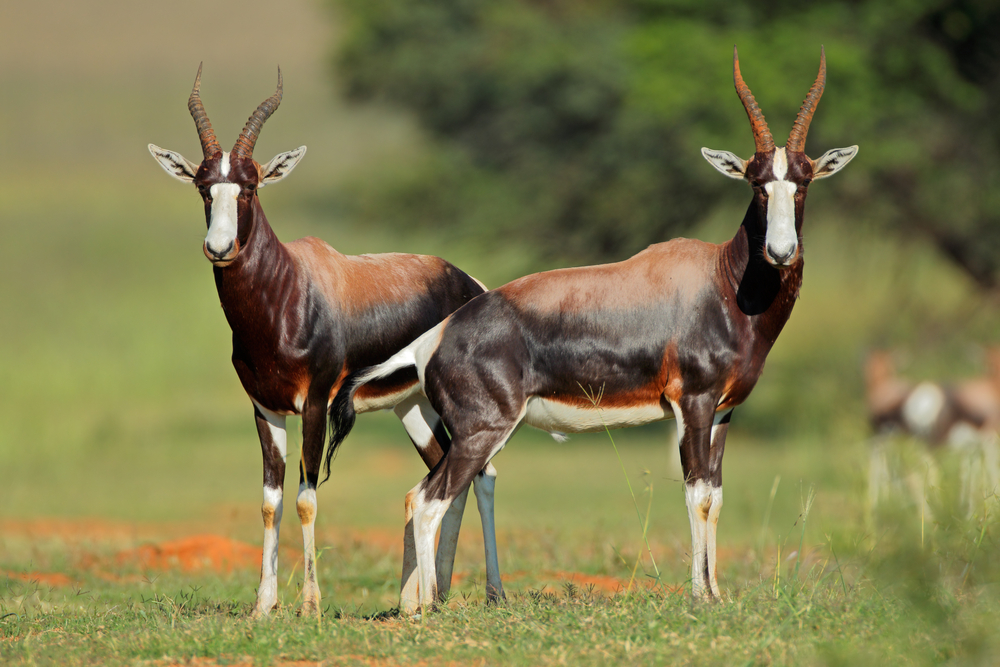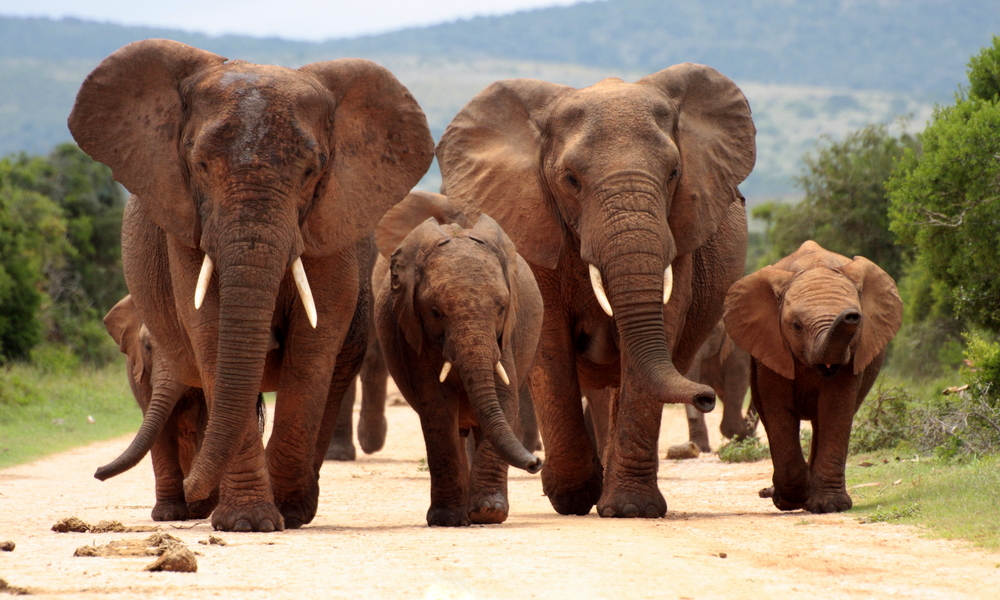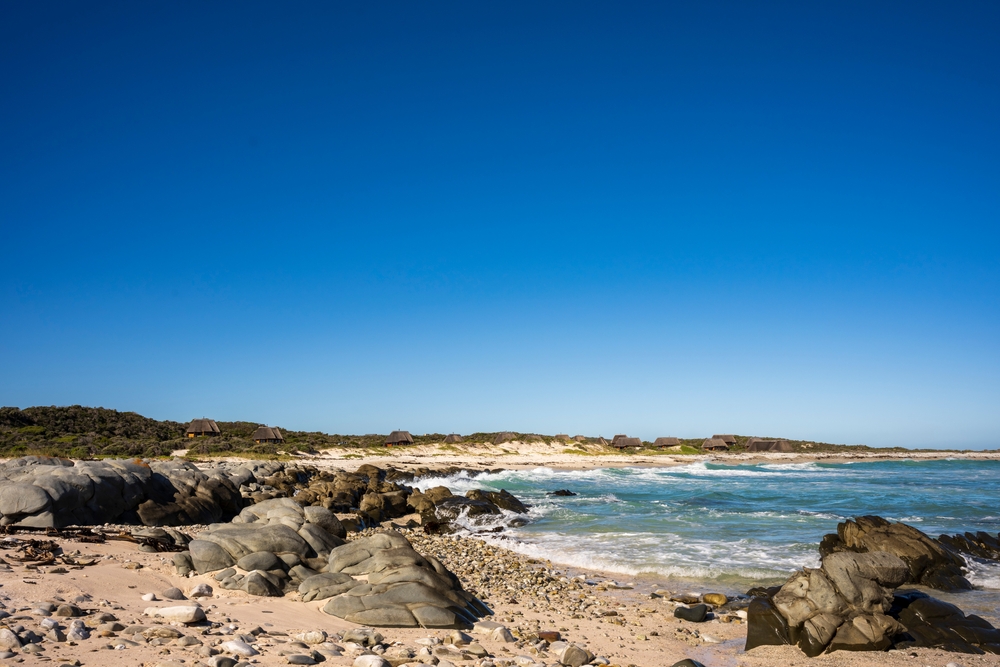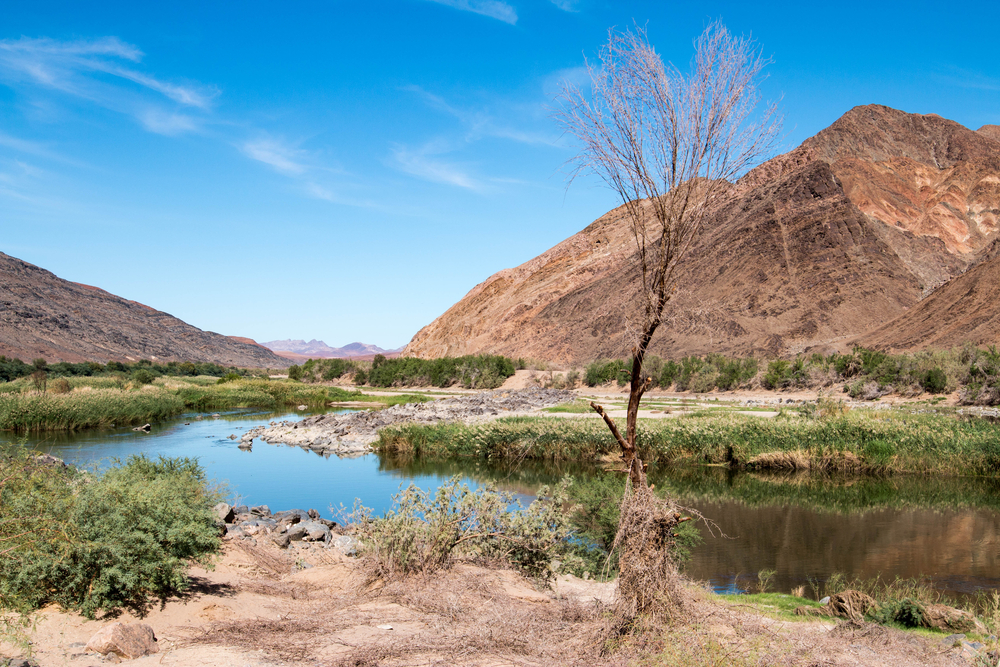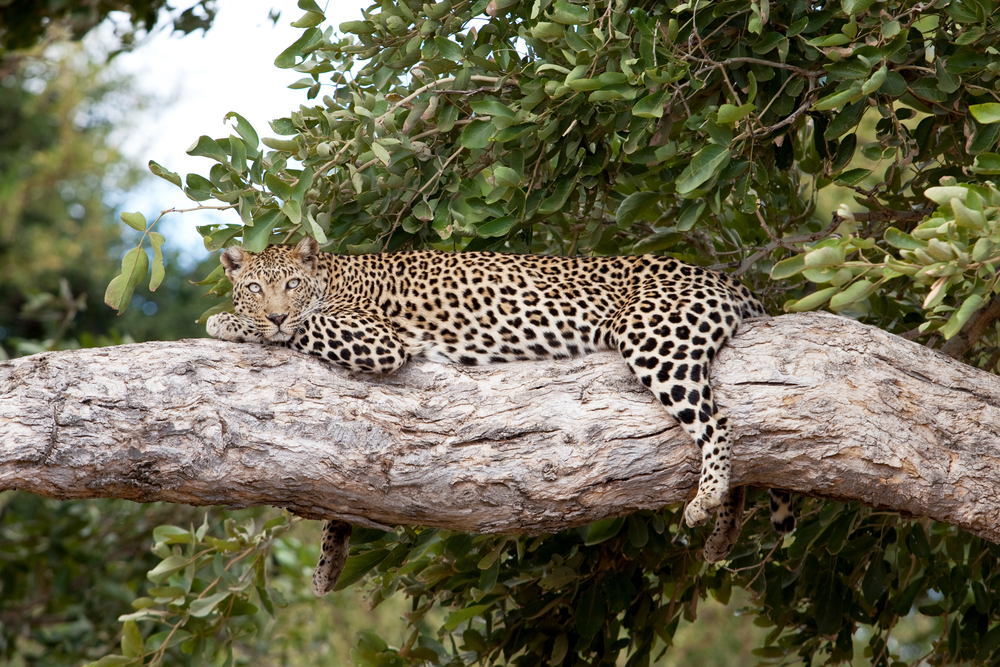Bontebok Overview
Bontebok National Park, locally known as “Bontebok Nasionale Park” in Afrikaans, is a small but significant protected area located near Swellendam in South Africa’s Western Cape Province. Established in 1931 and later relocated to its current location in 1960, the park covers approximately 28 square kilometers (11 square miles), making it South Africa’s smallest national park. Despite its modest size, Bontebok National Park plays a crucial role in the conservation of endangered species and unique ecosystems, and it offers visitors a serene escape into nature.
The terrain of Bontebok National Park is characterized by gently rolling hills, open grasslands, and the meandering Breede River, which forms the park’s northern boundary. The park is part of the Cape Floral Region, a UNESCO World Heritage Site, and is home to a rich diversity of fynbos vegetation, including proteas, ericas, and renosterveld. The fynbos blooms seasonally, creating a colorful display that enhances the park’s natural beauty and ecological importance.
The park was initially established to protect the bontebok, a striking antelope species that was once on the brink of extinction due to habitat loss and overhunting. Today, the bontebok population has recovered, and these graceful animals roam freely alongside other species such as red hartebeest, grey rhebok, and Cape mountain zebras. Birdlife is abundant, with over 200 species recorded, including the blue crane, South Africa’s national bird, and malachite sunbirds that thrive among the flowering fynbos.
Visitors to Bontebok National Park can enjoy a variety of activities that highlight its natural charm. Hiking trails, such as the Aloe Hill and Bushbuck trails, offer opportunities to explore the park’s landscapes and observe wildlife. The Breede River provides a serene setting for canoeing, fishing, and picnicking, while the park’s campsites and chalets allow visitors to immerse themselves in its tranquil atmosphere. Birdwatching is particularly rewarding, especially during spring when the fynbos is in full bloom and the park teems with avian activity.
Despite its successes, Bontebok National Park faces challenges such as invasive plant species and climate change, which threaten the delicate fynbos ecosystems. Conservation efforts led by South African National Parks (SANParks) include habitat restoration, alien plant removal, and ecological monitoring to ensure the long-term health of the park. Public awareness campaigns and sustainable tourism initiatives further support these efforts, balancing ecological preservation with visitor enjoyment.
Bontebok National Park is a testament to successful conservation and the resilience of nature. Its stunning landscapes, endangered wildlife, and rich biodiversity make it a unique destination for eco-tourists and nature enthusiasts. By protecting this park, South Africa safeguards its natural heritage and showcases the importance of conservation in preserving endangered species and fragile ecosystems.








































































